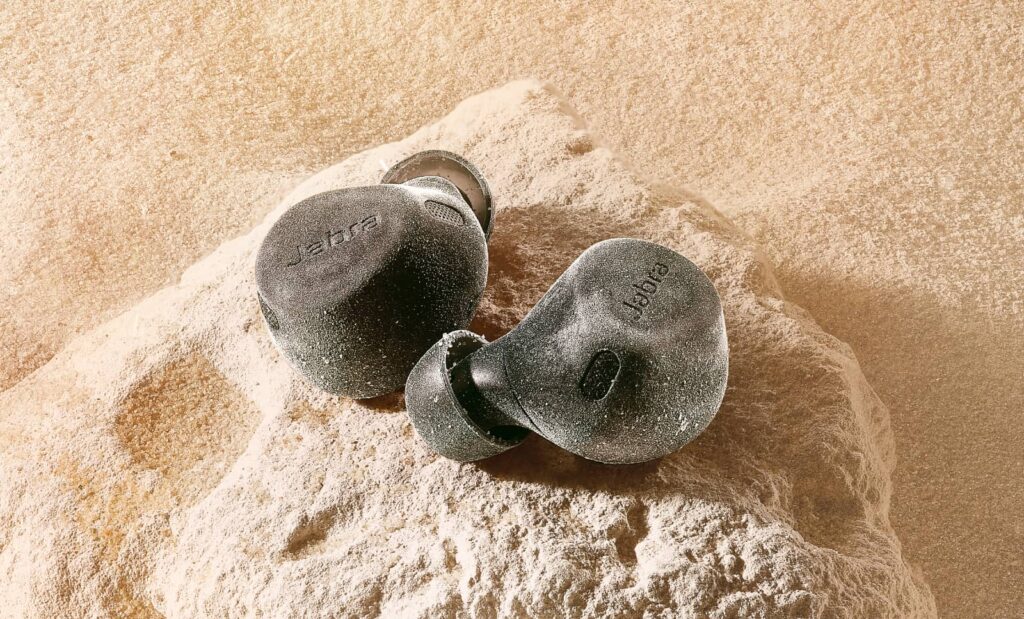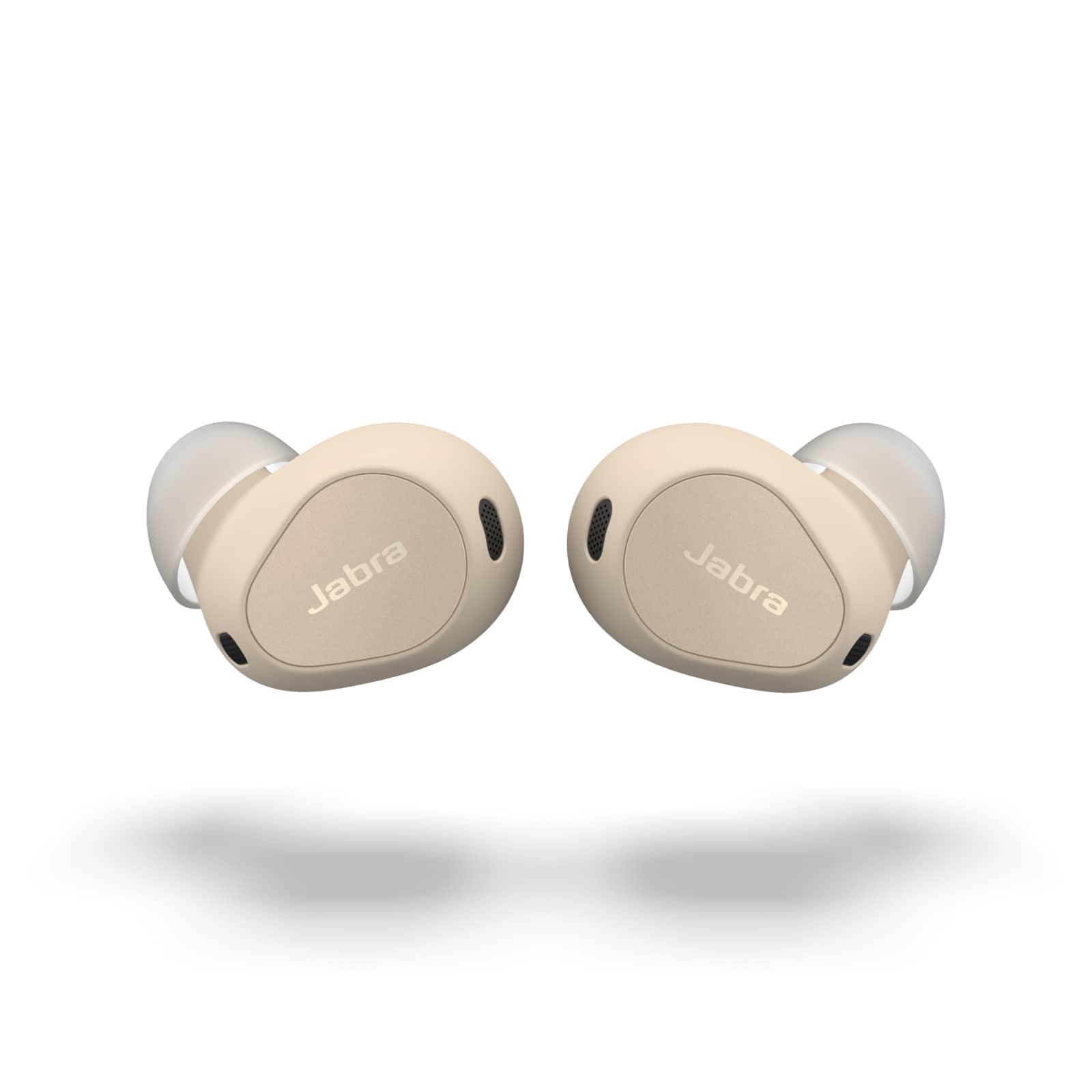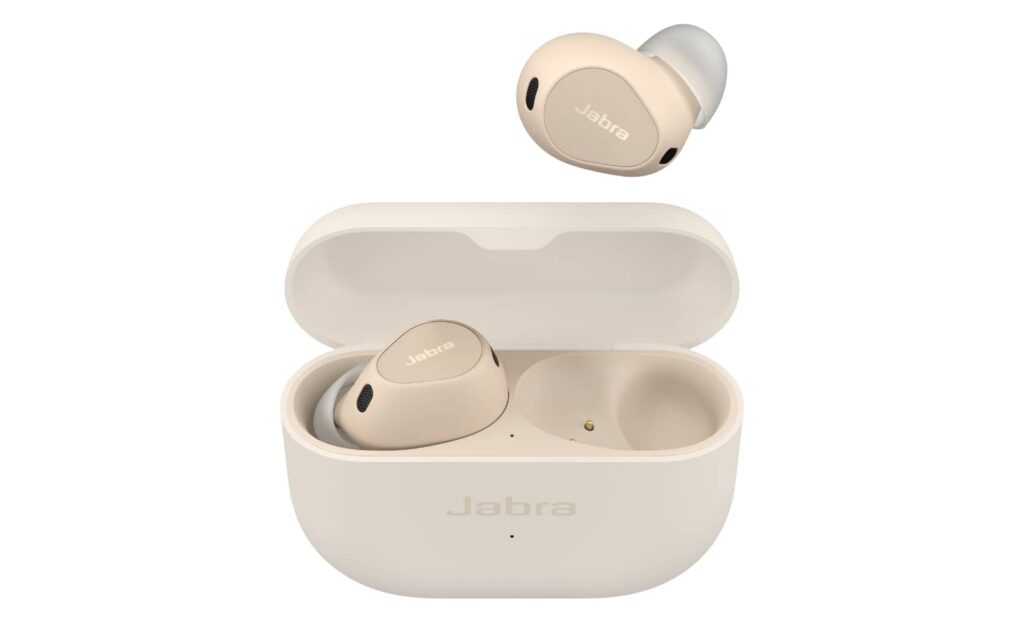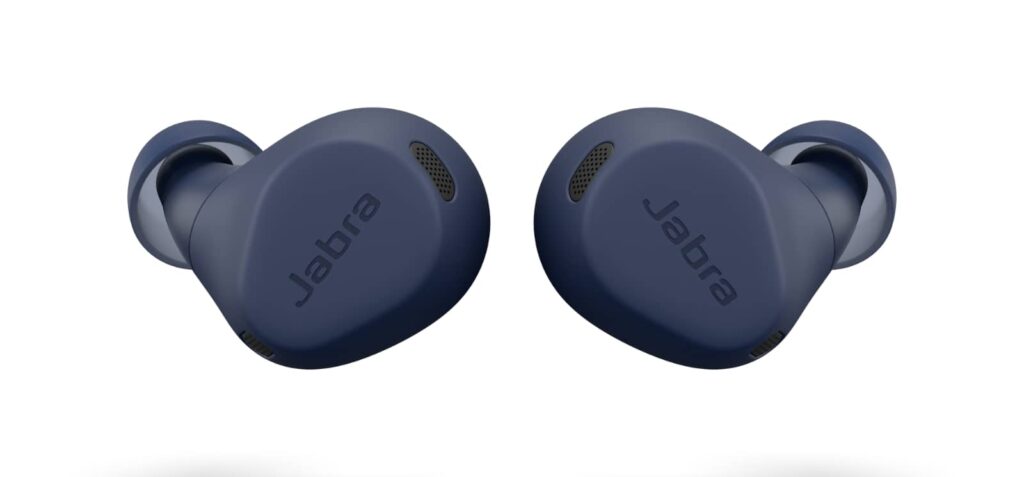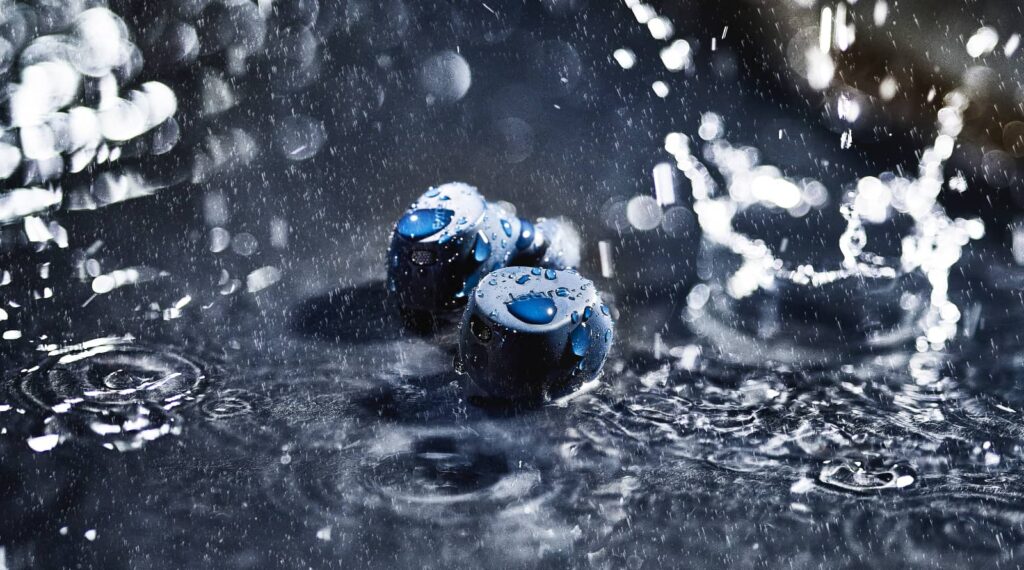Head-tracking tech set to support Android and iOS alike, as Jabra updates its Elite range with more audio prowess.
Jabra’s experiments in truly wireless sound technology are going in two more directions, as the Elite gear looks set to evolve yet again this year.
While it’s been a good two years since the Elite 7 Pro showed us what Jabra has been working on in the high-end, the company has repeatedly shown us budget and mid-range offerings in the Elite 3, Elite 4 Elite 4 Active, and Elite 5 in the space between.
There’s a lot of “elite” to match a lot of price points, it seems.
This year, though, Jabra is back in the high-end, showing what it can do for folks happy to spend north of $300 in Australia on a pair of truly wireless earphones, as it looks set to launch the Elite 10.
Designed by mixing what Jabra learned from its Elite 7 with the comfort of the Elite 85t, the Elite 10 use a combination of tech smarts and solid sound for this pair, in what is basically the best the company has to offer yet.
There’s an adaptive noise cancellation system at play in the Elite 10 and 10mm drivers on each ear, taking advantage of three mics on each ear and using them for what the company says is a six-mic calling tech using algorithms to clean up the sound.
Also along for the ride is support for Dolby Atmos head tracking, meaning spatial is supported in the Elite 10 earphones, with head tracking or without. Both are supported and should work on iOS and Android, though will likely need the Jabra Sound+ app to switch the feature on.
As to whether you’ll be able to tweak the Atmos or ANC, that remains to be seen. What you will have, however, is 6 hours of battery life with around 21 extra hours in the case, delivering at most 27 hours of battery life with active noise cancellation. Switch the ANC off and the battery life will improve, becoming 8 hours in the earphones and an extra 28 in the case for 36 total.
The Elite 10 will be priced at $379 in Australia when they launch online today or in stores from September 15.
Jabra’s Atmos-friendly Elite 10 weren’t the only new earphones launched, either.
There are also some waterproof, sweat-proof, and drop-proof earbuds on the way featuring noise cancellation on-board, as Jabra boosts its Elite with a little more durability.
Made to be the world toughest earbuds, the Elite 8 Active will forgo the Dolby Atmos tech in exchange for improved resistant to the elements, basically boasting fitness credentials by making them both tough and capable of staying place in your ears.
The Elite 8 Active will still use a form of adaptive noise cancellation, so these get ANC as well, but their main focus will be on being ideal for people running and working out any time and any place, boosting the IP rating earphones normally come with.
For instance, while earphones are known for an IPX4 sweat resistance rating and an IP56 rating fine for handling light rain and spills, the Jabra Elite 8 Active sport an IP68 rating on the earbuds, meaning they’re practically dust-proof, sweat-proof, and waterproof.
Jabra is also boosting the rating by noting they’re drop-resistant down to a one metre fall, that they’ve passed the military specifications under the MIL-STD-810H test for ruggedised electronics, and even have passed one we’ve not seen before, the Highly Accelerated Corrosion Testing which includes salt water and humidity testing to see if the earphones break. And they did not.
From the sound of things, it is likely that you will break before the Elite 8 Active earphones do, and the battery life looks like it will support that, boasting 8 hours with ANC and an extra 24 in the case (32 hours total). Forgoing noise cancellation will boost that life to 14 hours of runtime in the earbuds and an extra 42 in the case (56 hours total).
Pricing wise, Australians can expect to find the Jabra Elite 8 Active for $329 when they launch online this week, before landing in retail mid-September alongside the Elite 10.
